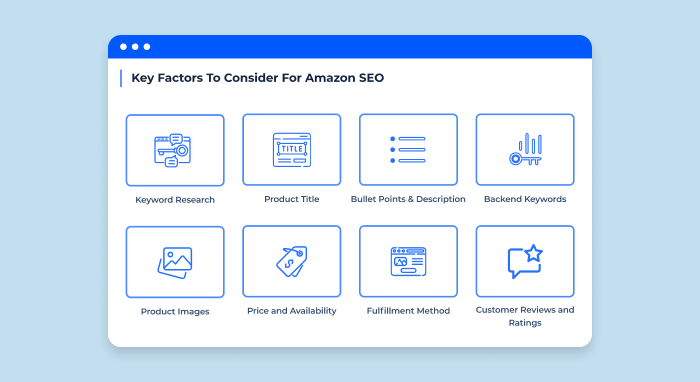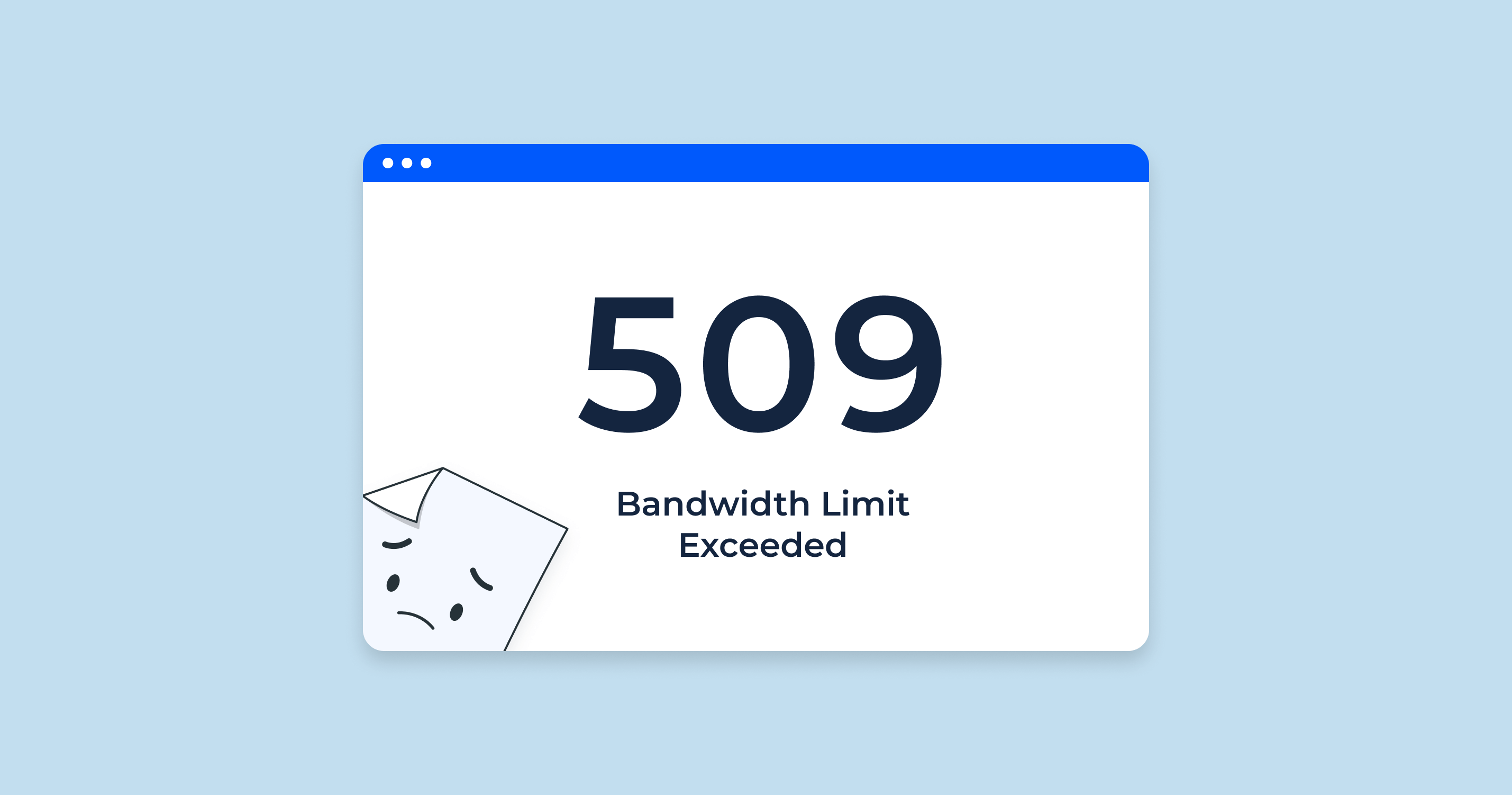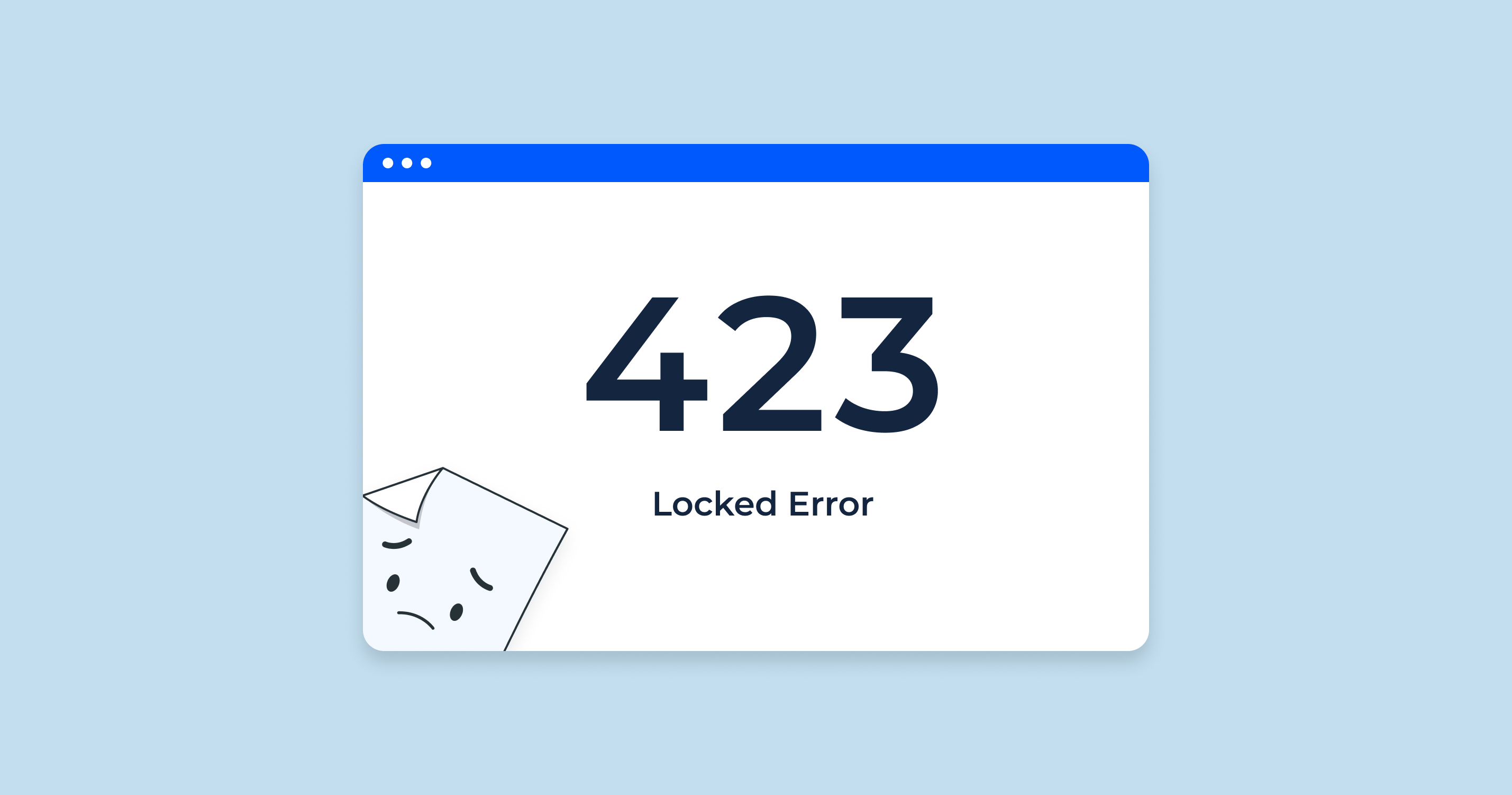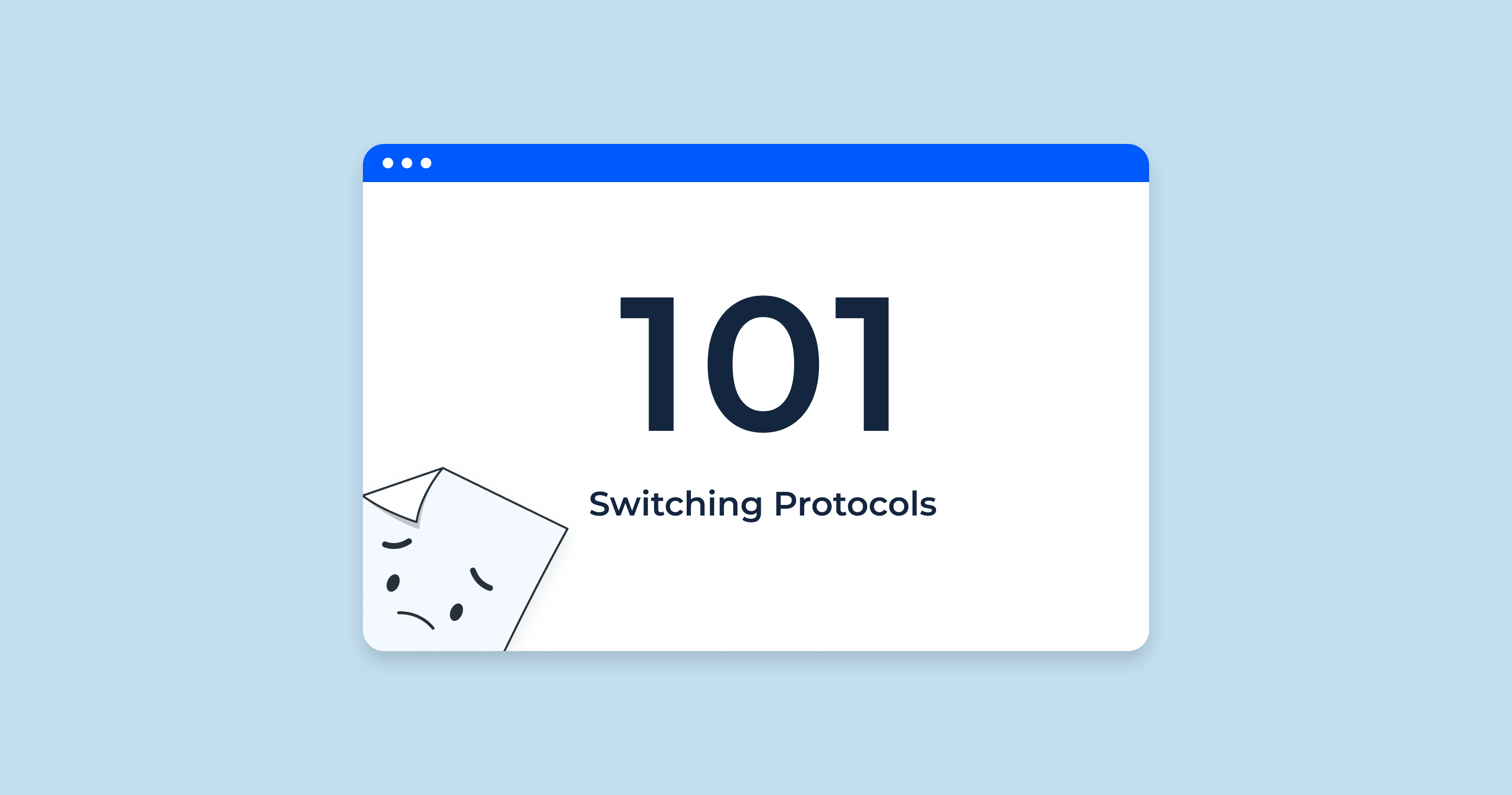Amazon ranking refers to the position an item holds in Amazon’s product search results, which is determined by Amazon’s A9 algorithm. This algorithm considers various factors such as the relevance of search keywords in the product title and description, sales performance, competitive pricing, customer reviews, ratings, product availability, shipping options, and advertising and promotions.
In addition, there’s the Amazon Best Sellers Rank (BSR), a ranking system for all items within a specific category or sub-category, which shows how well an item is selling compared to others in the same category.
The ranking of products on Amazon is calculated by a complex algorithm that considers a variety of factors. These factors may include:
- Sales volume. Products that sell more frequently tend to rank higher in Amazon’s search results.
- Customer reviews. Both the number and the overall quality of reviews can affect an item’s Amazon ranking.
- Price. Pricing competitively can help increase your product’s visibility.
- Product listing quality. Good descriptions, high-quality images, and accurate category listings can improve your item’s ranking.
- Fulfillment method. The marketplace tends to favor items that use its fulfillment service, Fulfillment by Amazon (FBA).
- Advertising and promotional activities. Using Amazon’s advertising services can help boost the visibility of the item and improve its ranking.
To estimate the sales of a product based on its Amazon Best Sellers Rank (BSR), there are some third-party tools like Jungle Scout, Helium 10, AMZScout, etc.
These tools use historical sales data to estimate current sales, but these are estimates and not exact numbers.
The lower the BSR, the better the product is selling. It’s important to note that the ranking algorithm is sophisticated and not entirely disclosed to the public, meaning that optimizing for higher ranking can be a complex task that requires a comprehensive approach accounting for all these factors and more.
Let’s figure out how to improve your Amazon ranking and increase profitability easily.
How to Improve Amazon Search Engine Optimization
Understanding Amazon SEO is vital for your product’s visibility.
SEO is all about optimizing your product listings to climb higher in Amazon’s search results. The objective here is to make your item more visible, compelling, and, more importantly, easy to buy.

Starting with keyword research – the backbone of any SEO practice. Your mission is to identify the exact keywords your target audience is using to search for your items on the platform. These critical keywords should be woven seamlessly into your product listing, including the title, description, and backend keywords.
There’s a plethora of tools you can use to streamline your Amazon keyword research, so make sure to take advantage of them.
Your product title is your first impression, so make it count. It should be rich in details and highly descriptive, covering aspects such as brand, production line, material, key feature, type, color, size, and packaging or quantity. And, of course, it’s the perfect spot for your primary keyword.
Your bullet points, and description, are where you sell the dream. Highlight the key features and benefits of your product and, again, incorporate relevant keywords. Be wary, though, of keyword stuffing. It can damage readability and spoil the user experience.
Backend keywords are your secret weapon. The platform allows you to add keywords that aren’t visible to customers but are indexed by its search algorithm. They are the ideal place to put synonyms, abbreviations, and alternate names that customers might use in their search.
Customer reviews and ratings are the lifeblood of your Amazon SEO. Encourage satisfied customers to leave positive reviews and ratings, as they can substantially boost your product’s visibility and click-through rate. It’s no secret that items with higher ratings and more reviews often enjoy better rankings.
Visual appeal also plays a significant role. High-quality images can enhance click-through rates and conversion rates, providing a substantial lift to your product ranking.
The price and availability of your item can’t be overlooked either. A competitive price tag and consistent stock can dramatically improve your product ranking.
Your fulfillment method can also impact your product’s position in the Amazon SERPs. Items fulfilled by Amazon (FBA) usually find favor with the ranking algorithm.
Lastly, consider Amazon’s advertising services to increase items’ visibility and sales, which can influence your organic rankings.
Remember, at the heart of Amazon’s PPC tools complex algorithm is a simple goal – maximizing customer revenue. Consequently, the algorithm is tailored to showcase items most likely to be purchased by customers. The more your product listing aligns with this goal, the higher it will ascend in the rankings.
Challenges About Amazon Ranking and Knowing How to Navigate Them
There are several hurdles that can trip up even the most seasoned Amazon sellers when it comes to SEO.
Let’s delve into some of these common challenges and how to adeptly navigate them.
Inadequate keyword research
Not having the right keywords can be tantamount to shouting into the void.
Ineffective product titles
A bland or confusing title can swiftly deter potential customers and leave your search rankings in the dust.
Low-quality product images
Trust me when I say, nothing sinks click-through and conversion rates faster than a blurry or misleading image.
Negative reviews and ratings
Poor ratings can hamstring your product’s visibility and click-through rate faster than you can say “one-star review”.
Stock availability
Frequent “out of stock” status can damage your product ranking and disappoint customers.
Inadequate product description
This can lead to a high return rate and low conversion rates.
Overlooking Amazon’s advertising tools
Ignoring these tools is like leaving money on the table.
Conclusion
Amazon ranking, governed by the A9 algorithm, significantly influences your product’s visibility and success. Amazon SEO is necessary for optimizing this ranking, with strategies ranging from keyword research to leveraging Amazon’s advertising services. However, sellers often face challenges such as inadequate keyword research, ineffective titles, negative reviews, and inventory issues.
By staying vigilant, monitoring product performance, and continually adjusting your strategies, you can overcome these hurdles and improve your rankings. It’s a complex yet rewarding process that demands continuous learning and adaptability.









